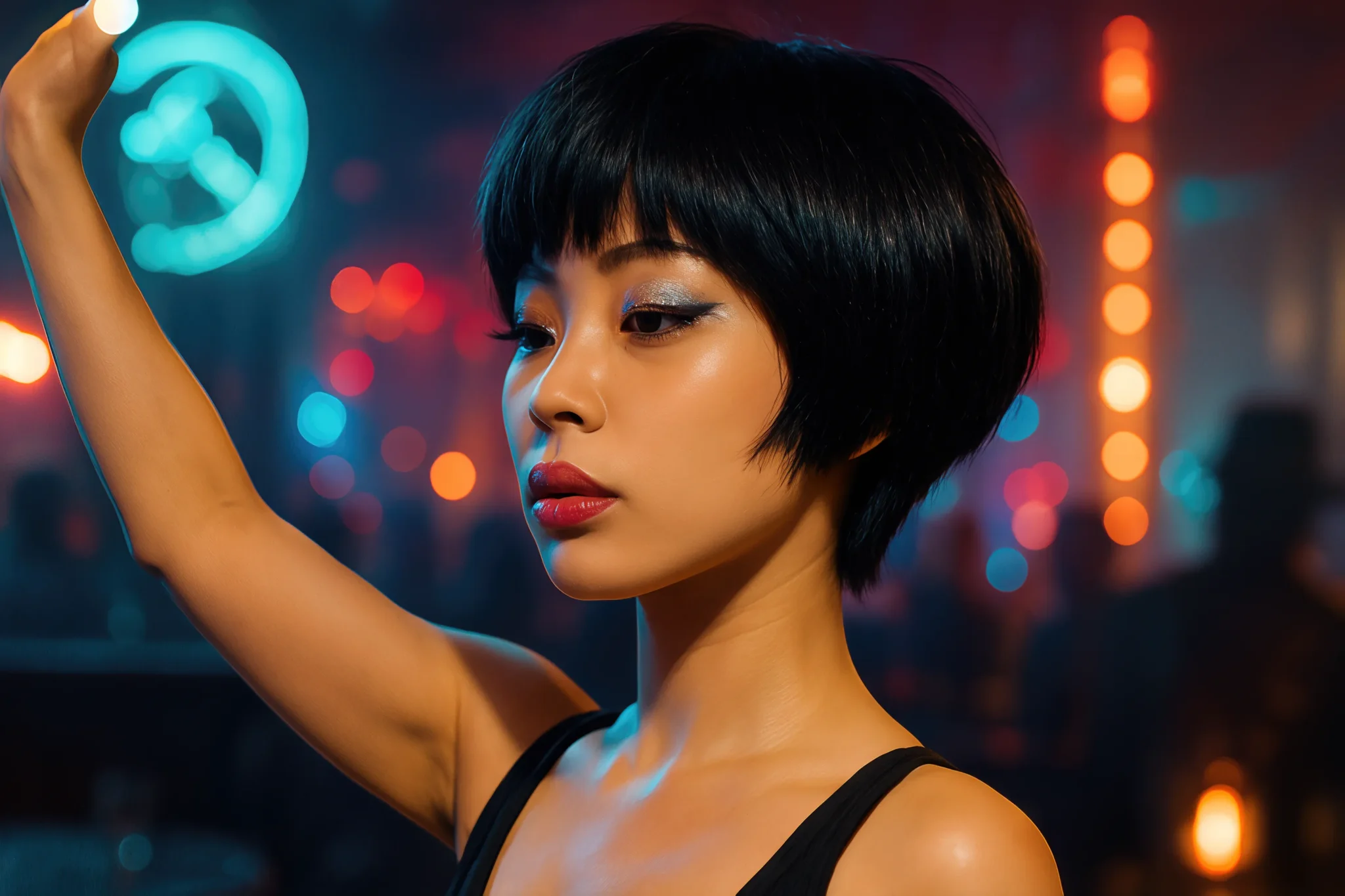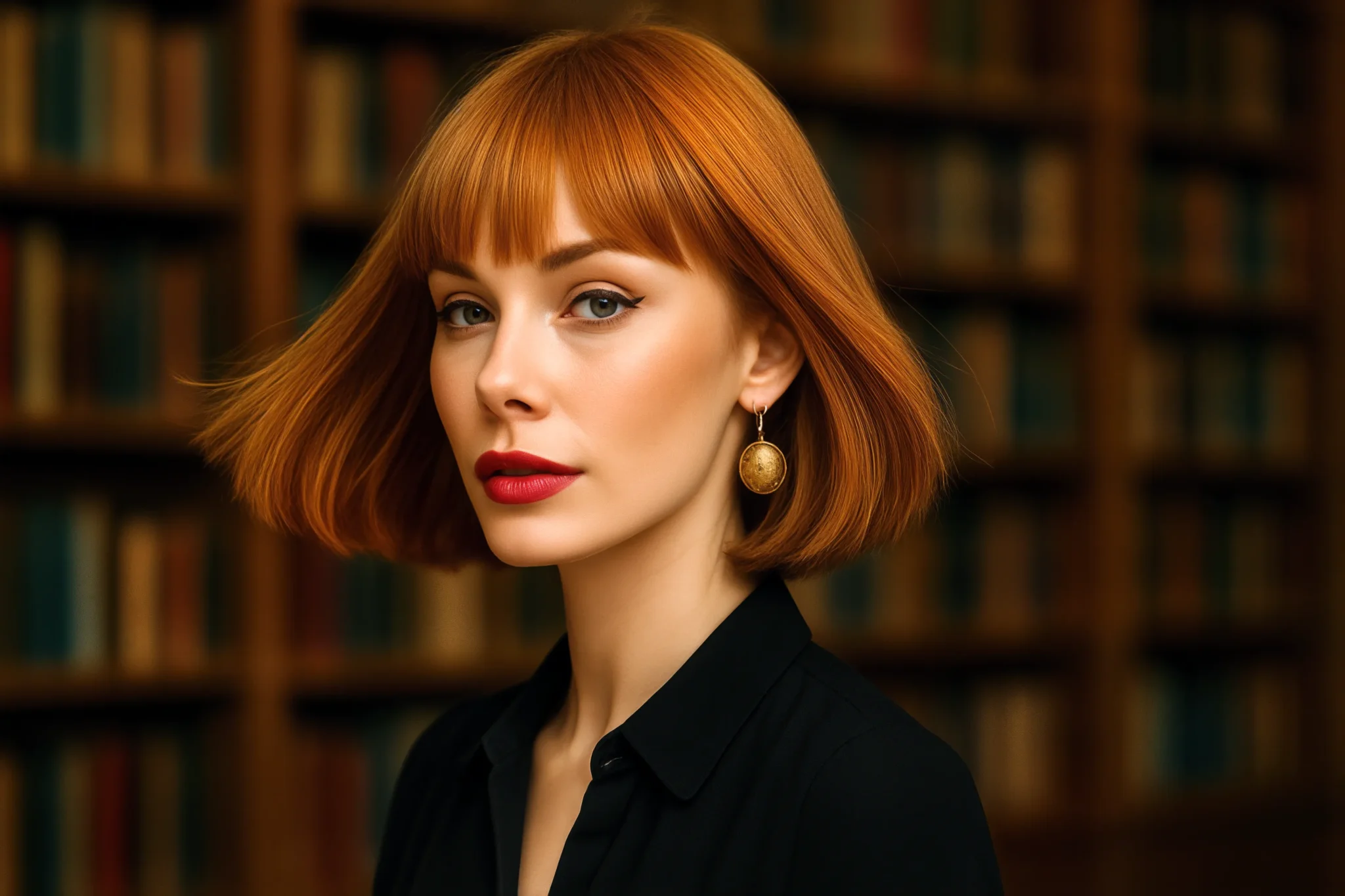Every hairstyle begins with a foundation – a length, a shape, a structure. From the timeless elegance of a bob to the artistry of a perfectly sculpted updo, the world of hair design is built on key categories that define how we perceive and express personal style. In this editorial guide, we explore the seven essential hairstyle categories used in our catalog: Short Hair, Medium-length Hair, Long Hair, Bob, Updo, Men’s Hair, and Beards.
The Essence of Hairstyle Categories
The Hairstyle Category forms the cornerstone of how we classify and understand hair design. Each category represents a broad but distinct family of looks defined by structural principles – length, silhouette, texture, and intended purpose. While modern hairstyling constantly evolves through trends and experimentation, these categories remain the navigational compass that helps both professionals and enthusiasts explore the diversity of style.
At the highest level, the seven categories featured in our catalog provide a structured way to discover and compare hairstyles. Whether you are seeking a manageable everyday cut, a red-carpet updo, or a refined men’s look, understanding these fundamental categories is the first step to identifying what suits your lifestyle, face shape, and personality.
Short Hair – Confidence in Simplicity
Short hair has long been a symbol of modernity, confidence, and character. Defined by lengths that fall above the chin or just below the ears, short hairstyles reveal more of the face and neckline, emphasizing natural bone structure and personal expression.
From the sharp geometry of a pixie cut to the softly tousled layers of a cropped shag, short hair communicates freedom and strength. It’s an especially popular choice for those seeking minimal maintenance with maximum impact. Many short cuts are designed to air-dry naturally or require only quick styling, making them ideal for fast-paced routines.
But beyond convenience, short hair carries cultural and emotional weight. In many eras, it has symbolized liberation – from the flapper bobs of the 1920s to the androgynous power cuts of the 1980s. Today, short hairstyles continue to blend individuality with versatility, often serving as bold statements of identity.
Whether it’s a textured crop, a sleek pixie, or a sculptural asymmetrical shape, short hair is all about precision and confidence – a canvas where structure meets simplicity.
Medium-length Hair – The Perfect Balance
Medium-length hair bridges the world between short manageability and long versatility. Generally falling between shoulder-length and just below the collarbone, this category offers a harmonious balance of movement, volume, and styling freedom.
What makes medium-length hair so universally flattering is its adaptability. It can be shaped into soft layers that frame the face, styled into gentle waves for casual elegance, or straightened for a polished, professional finish. For many, it represents the “sweet spot” – long enough to tie back or pin up, yet short enough to remain light, fresh, and easy to maintain.
Medium-length styles also transition beautifully through fashion cycles. Whether it’s the iconic 1970s shag revival, the contemporary lob (long bob), or effortless beach waves, this category accommodates every mood and texture. It’s particularly well-suited to those experimenting with new looks, as medium hair can be easily transformed into updos, braids, or shorter cuts without drastic change.
Ultimately, medium-length hair embodies balance – the equilibrium of structure and softness, of styling options and simplicity. It’s the versatile middle ground that remains eternally in fashion.
Long Hair – Timeless Elegance and Expression
Few things symbolize beauty and grace quite like long hair. Extending below the shoulders and often reaching the mid-back or longer, this category captures the essence of femininity, romance, and artistic expression.
Long hair offers limitless creative potential. It can be sculpted into intricate braids, twisted into voluminous waves, or worn sleek and straight for a modern minimalist look. The length itself allows stylists to play with gravity, layering, and proportion – creating shapes that move, flow, and change with every gesture.
Throughout history, long hair has held powerful cultural and emotional meaning, from ancient royalty to contemporary fashion icons. It has been associated with youth, vitality, and sensuality, yet also with patience and dedication, as maintaining healthy long hair requires consistent care and attention.
Modern long hairstyles celebrate both natural texture and stylistic innovation. Whether enhanced with subtle balayage, curtain bangs, or layered cuts for volume, long hair remains a symbol of creative freedom. It’s a statement of individuality – and a reminder that elegance never goes out of style.

Bob – The Modern Classic
The bob is more than just a haircut – it’s a cultural icon. Recognized for its structured silhouette and impeccable symmetry, the bob represents both sophistication and rebellion, depending on how it’s worn.
Originating in the early 20th century as a bold departure from traditional long styles, the bob has evolved into countless variations: the sleek French bob, the textured inverted bob, the softly layered lob, and the avant-garde geometric bob, among others. Each version shares one unifying element – a distinct shape that frames the face and defines the neckline.
The bob’s appeal lies in its precision. Whether chin-length or grazing the shoulders, it highlights facial features and enhances proportion. Stylists often tailor bobs to complement face shape – from blunt cuts for oval faces to angled versions that elongate rounder contours.
Beyond structure, the bob also captures emotion. It can evoke elegance, playfulness, or strength depending on texture and styling. Few cuts transition so easily from timeless to trendy, making the bob a central pillar of hair design history.

Updo – The Art of Elevation
The updo is where hairstyling transforms into artistry. Defined by hair that is gathered, pinned, or sculpted upward and away from the face, this category encompasses a vast range of styles – from romantic chignons to intricate braids and avant-garde sculptural forms.
Traditionally reserved for formal occasions, the updo has become a symbol of sophistication, elegance, and creativity. It’s the hairstyle of weddings, galas, and red carpets – yet modern variations have brought the look into everyday life, with relaxed buns, messy knots, and effortless twists offering casual alternatives.
What distinguishes an updo is its craftsmanship. Each element – volume, balance, and detail – contributes to the overall harmony of the look. Stylists often use texture and accessories to personalize the finish, creating styles that complement both outfit and personality.
The updo is also deeply rooted in history and culture, with variations appearing in nearly every civilization. From Greco-Roman knotwork to Japanese shimada buns, its enduring presence speaks to a universal appreciation for sculptural beauty.
In essence, the updo elevates hairstyling into design – a discipline where form, texture, and grace unite.
Men’s Hair – The Evolution of Masculine Style
Men’s hairstyles have evolved dramatically over the decades, reflecting shifts in fashion, culture, and identity. Once defined by uniformity, men’s hair has become a space for individual expression and refinement.
This category encompasses an array of lengths and styles – from classic crew cuts and undercuts to textured quiffs, long layered looks, and even modern reinterpretations of vintage trends. Each style reflects not only personal taste but also lifestyle and grooming philosophy.
Modern men’s hairstyling celebrates diversity. Short fades and crops emphasize sharpness and structure, while mid-length cuts offer relaxed versatility. Longer men’s styles evoke artistic confidence and freedom, breaking away from traditional norms.
Beard integration also plays a defining role in masculine aesthetics today. The interplay between hair and facial hair can dramatically alter balance and presence, emphasizing jawlines, lengthening the face, or softening features.
Men’s hair is no longer confined by convention – it’s a statement of self-image. From boardroom polish to creative edge, each variation in cut and texture tells a story of individuality.
Beards – Crafting Character
Beards are more than a grooming choice; they’re an extension of identity. In hairstyling, the beard category stands as a distinct discipline – one that combines art, anatomy, and maintenance.
From subtle stubble to full, sculpted beards, this category explores the many ways facial hair enhances character and complements hairstyle. The shape, density, and taper of a beard can redefine facial structure, balance proportions, and express personality with remarkable nuance.
Historically, beards have symbolized wisdom, masculinity, and power. In modern grooming culture, they have become tools of self-expression, equally embraced by professionals, artists, and trendsetters. Whether paired with a clean fade, a rugged mane, or a meticulously styled pompadour, beards anchor the face, adding texture and dimension to the overall look.
Proper beard styling demands precision and upkeep. It involves shaping lines to suit the natural growth pattern and ensuring harmony with the hairstyle’s length and flow. When done well, the result feels cohesive – a complete aesthetic where head and face unite under one design vision.
The Core of Hairstyle Design
Each of these seven categories – Short Hair, Medium-length Hair, Long Hair, Bob, Updo, Men’s Hair, and Beards – forms the backbone of our hairstyle catalog. Together, they represent the full spectrum of hair artistry, from minimalistic precision to expressive sculpture.
By organizing every hairstyle under these foundational groups, our catalog allows you to navigate effortlessly through form, function, and style. Whether you’re researching inspiration for a personal transformation or exploring the technical artistry of hairstyling, understanding these categories gives you a richer appreciation of what makes every cut and shape unique.
Hairstyling is not just about trends – it’s about identity. And every identity begins with a category, a structure, and a vision waiting to be shaped.
Explore all hairstyle properties!


